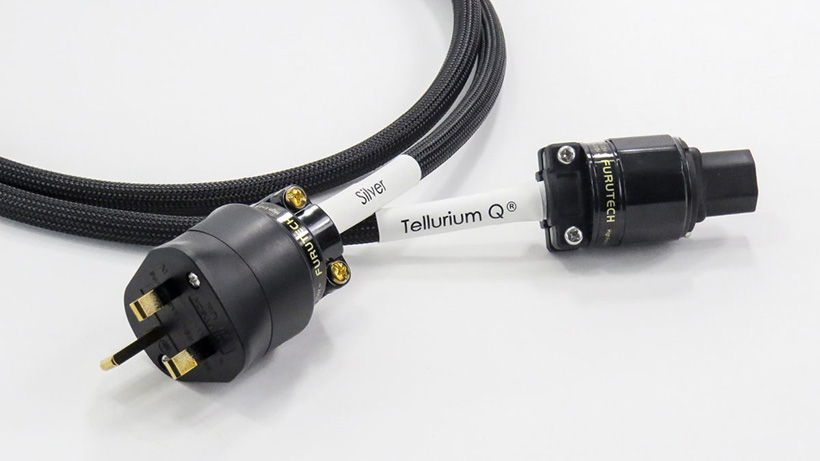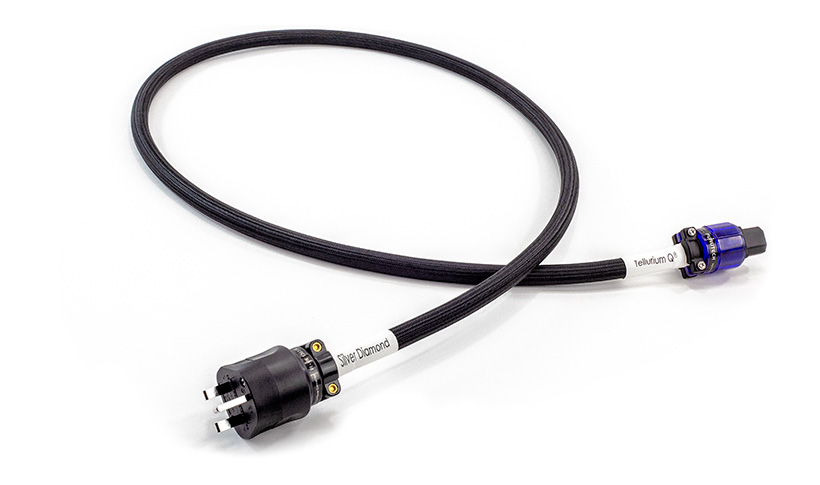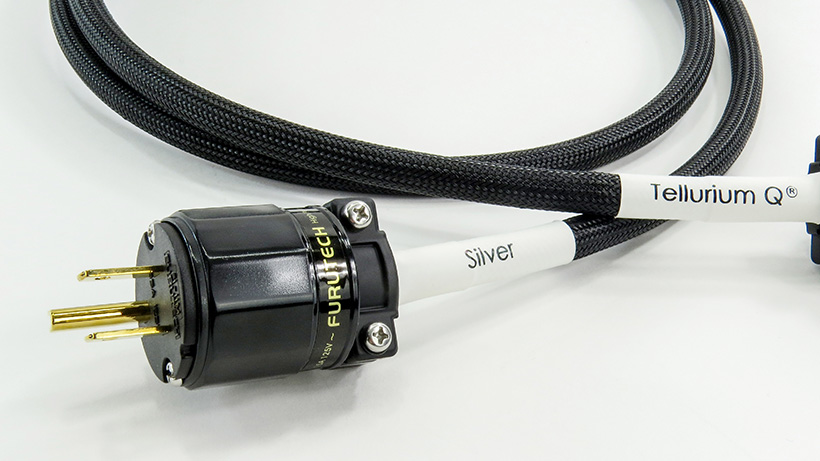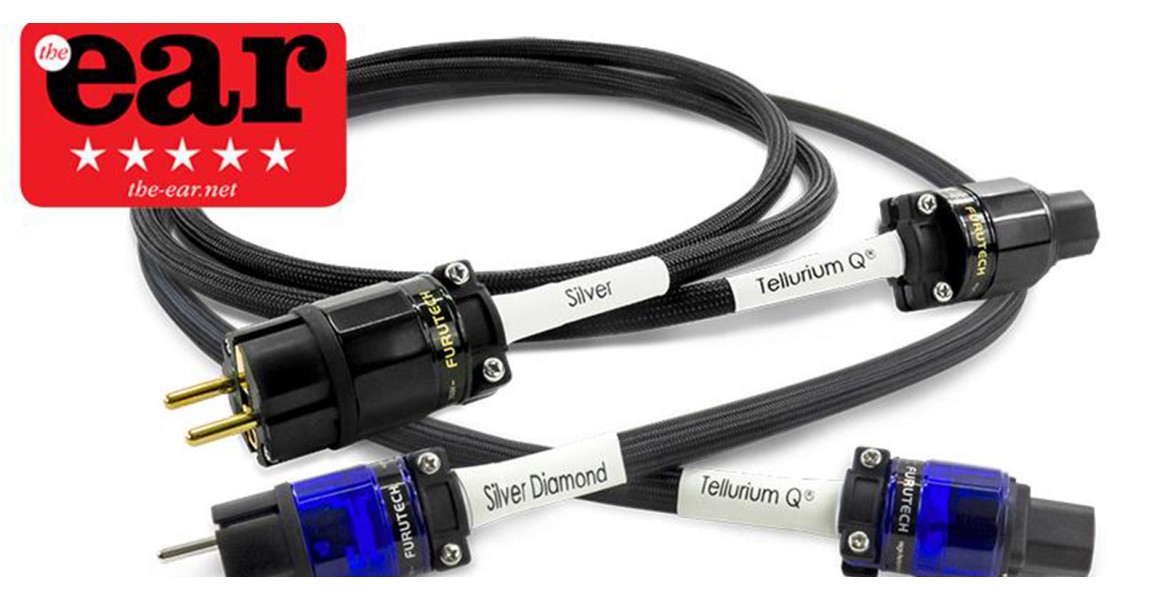
Late last year Tellurium Q MD Geoff Merrigan asked if I would like to hear his new Silver Diamond mains cable and compare it with the Silver, which sits below it in the well-mapped Tellurium Q product hierarchy. It took me less time to accept his offer than it took me to type this sentence. As it turned out, Geoff had business in Exeter to attend to so took the opportunity to visit me here in Dawlish and bring the two cables with him. We had a very pleasant couple of hours, listening to the system that was here at the time, which included his own Tellurium Q Ultra Black II speaker cables and both XLR and RCA interconnects from the same range.
Geoff seemed to like what heard, and in due course left me to carry on with my reviewing. As usual, Geoff did not give me any details about what he has done with these cables you will search in vain for details of the geometry or make-up of any Tellurium Q cable. His last words before he left were “Let your ears be the judge”.

I have a four way mains outlet close to the system, with two mains blocks attached, one for AV components and one for the audio system. The two spare sockets I usually use to connect my amplifier and one other component plugged in directly with the others making use of the mains block.

The next day I took out the Silver cable and plugged in the heavier Silver Diamond, and sat down to listen to the same music which I had enjoyed the previous day. Good heavens, this was no subtle improvement. The Yamaha seemed to have somehow gained volume and resolving capability and the music was absolutely cascading from the Harbeth’s small main drive units in a way that I had not previously heard. This was a serious sit up and take notice moment. I sat down just after nine in the morning and did not leave the listening room for five hours, by which time my need for both a comfort break and a caffeine infusion eventually overwhelmed me.
Playing vinyl for the most part, I found myself working through a whole swathe of Mobile Fidelity pressings, both 33.3 and 45 rpm, as well as the Giles Martin reworking of Sgt. Pepper’s…, David Gilmour’s Live at Gdansk, and a few other favourites.

Over the ensuing days and weeks I tried the cables in different combinations on the other sources, including the Linn Lingo 4. Improvements were audible in all of them when I swapped in the Silver cable and had the Silver Diamond in the amplifier. The noise floor of each component seemed to drop and somehow the music seemed to flow more effortlessly. I tried each component with the Silver Diamond too with the Silver powering the amplifier. I really could not say that the other components sounded any better with that combination, except the Gold Note phono stage. Coming back to that with the better cable confirmed what I had heard previously and took vinyl reproduction to a new level for me at home. I know that there are plenty of you reading this who are sceptical about how much difference that last metre and half of wire from the wall socket to the component can possibly make to the sound of your system.
If you have listened and heard no difference then I totally respect that. If however, you are dismissing it prior to your own investigation I urge you, when circumstances permit, to try this for yourself. You may be pleasantly surprised. I am also aware that the Silver Diamond retails for more than £2,000 here in the UK, which is serious money for most of us. Is it worth it, to be truthful, I think that it is. Why, because if you have a system at an appropriate level, Silver Diamond will extract the performance of which it is truly capable. If your system is like mine, higher than entry level but well below the truly esoteric levels that can be found in many audiophile systems, the Tellurium Q Silver (which is itself over £1,000) will give you a glimpse behind the high-end curtain. Either way, I have no hesitation in the thoroughly recommending these two fine cables. In the right context they might turn out be the best ‘bang for buck’ upgrade you could buy.
SPECIFICATIONS:
Type: mains power cables
Connectors: Furutech F1-UK-1363 13A mains, Furutech F1-11-N1 IEC
Length: 1.5m
Options: Furutech US & EU power plugs
Silve Diamond
https://www.chameleonracks.gr/Cables/Silver-Diamond-Power-Cable-en?filter=17
Silver Power
https://www.chameleonracks.gr/Cables/Tellurium-Q-Silver-Power-Cable-en?filter=17


